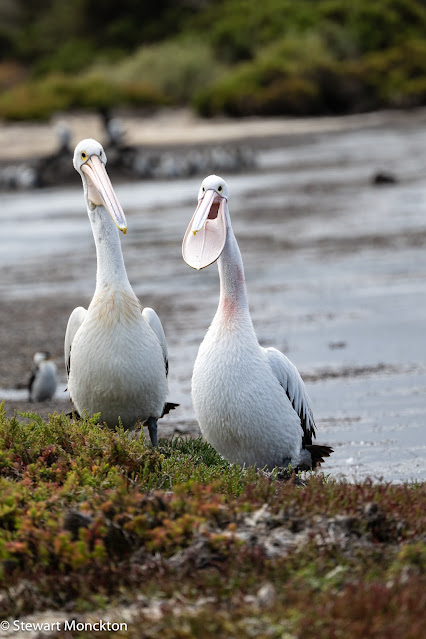The arrival of flocks of Little Corella (Cacatua sanguinea) in our suburb is a clear sign that we have left summer and entered autumn.
They are noisy, comical and apparently very hungry. Many of our local street trees bear large seed rich fruits - and these are ripped to shreds by flock of these birds. When a flock lands in such a tree - or a group of such trees - the ground below is soon littered with 'green snow' created by the destruction of the seed pods. The whole process is very messy!
The birds are mostly white, with an erectile crest and a pale yellow wash on the underwings.
These birds were part of a large flock, so of which were feeding in the trees, while others were feeding on the ground. There was also a good deal of shouting and wrestling going on!
As ever, to join in with WBW click on the link below. SM





























